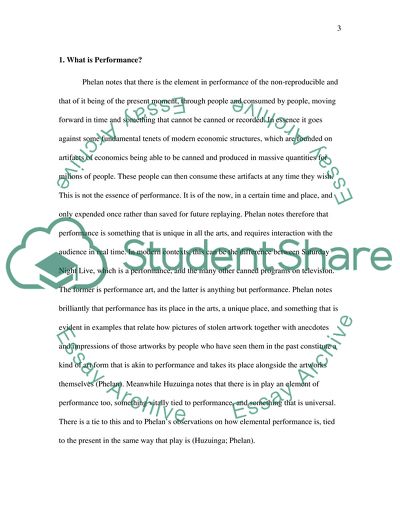Cite this document
(Performance, Theater, Acting, Audience, Directing and Design Book Report/Review - 1, n.d.)
Performance, Theater, Acting, Audience, Directing and Design Book Report/Review - 1. Retrieved from https://studentshare.org/visual-arts-film-studies/1841884-11-reviews-from-different-articles
Performance, Theater, Acting, Audience, Directing and Design Book Report/Review - 1. Retrieved from https://studentshare.org/visual-arts-film-studies/1841884-11-reviews-from-different-articles
(Performance, Theater, Acting, Audience, Directing and Design Book Report/Review - 1)
Performance, Theater, Acting, Audience, Directing and Design Book Report/Review - 1. https://studentshare.org/visual-arts-film-studies/1841884-11-reviews-from-different-articles.
Performance, Theater, Acting, Audience, Directing and Design Book Report/Review - 1. https://studentshare.org/visual-arts-film-studies/1841884-11-reviews-from-different-articles.
“Performance, Theater, Acting, Audience, Directing and Design Book Report/Review - 1”, n.d. https://studentshare.org/visual-arts-film-studies/1841884-11-reviews-from-different-articles.


